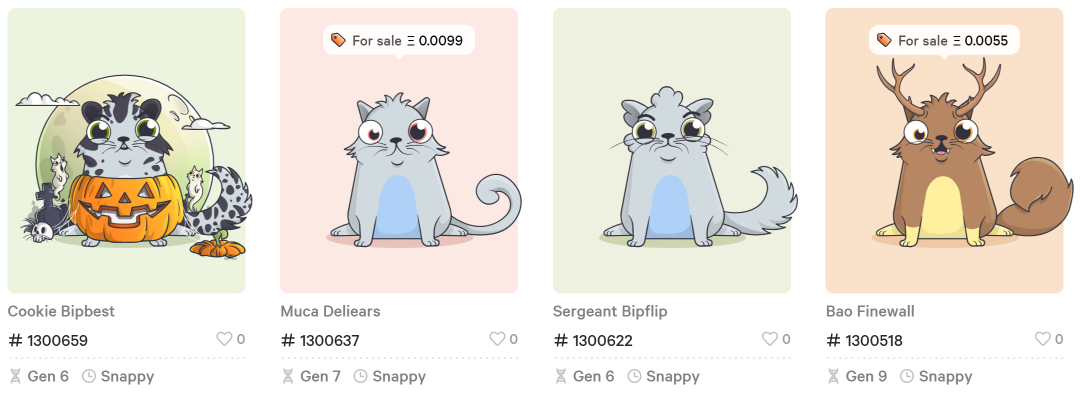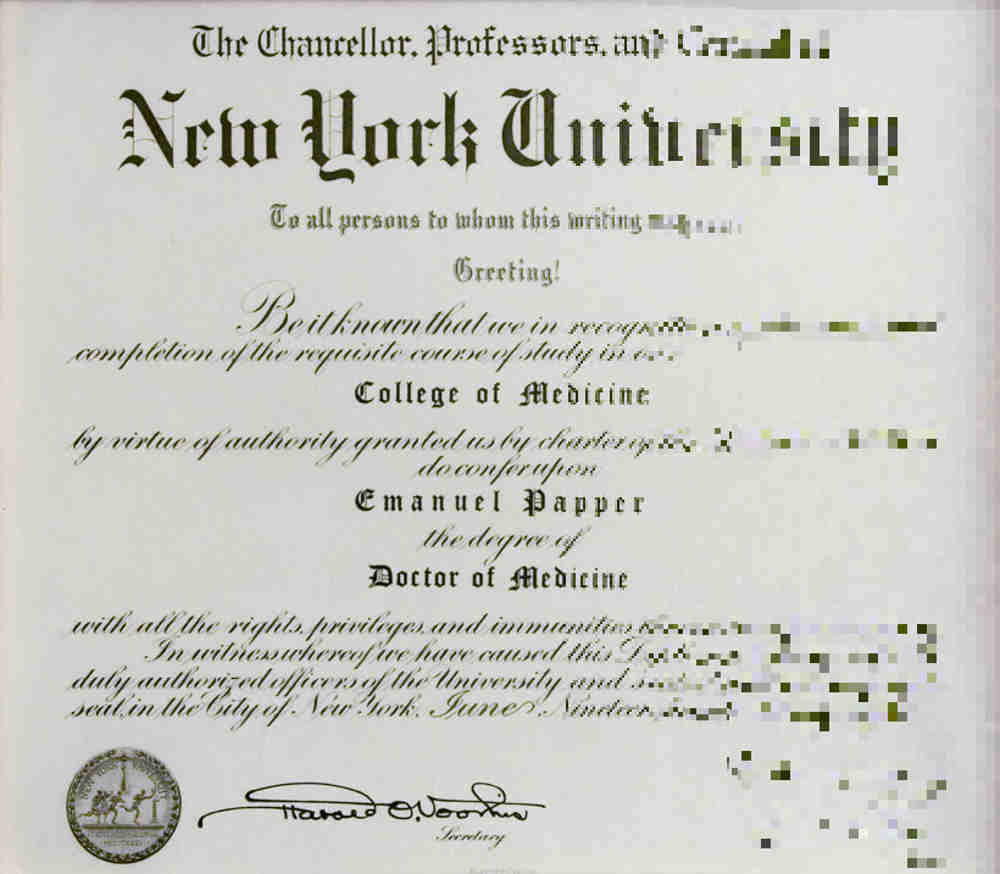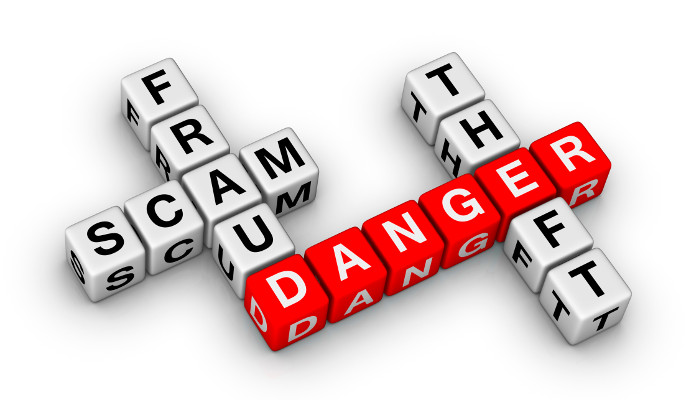Or, what CryptoKitties has to do with healthcare.
A little over a year ago CryptoKitties launched and quickly became the most successful non-financial DApp. Borrowing from their own description, CryptoKitties allows you to collect and breed digital cats like these:

These are collectable digital cats which are born and live on the Ethereum blockchain. Each of these is unique digital goods, they are collectible and non-fungible in the same way that baseball cards are. Moreover, they are each programmed to have attributes specific to them (like the antlers the fellow on the right has). Lastly, every Kitty exists as an ownable and scarce digital asset on a blockchain.
While these are certainly cute, there is something much more profound underlying CryptoKitties. They show the potential for ownable and programmable digital assets. The technical term for these are non-fungible tokens or NFTs. Let’s unpack what that means.
Digitally ownable
An amazing fact of modern information technology is the ability to effortlessly and instantly duplicate information. You can intuit this by comparing mail to email. If I write you a letter and send it to you that letter is gone from my possession. Likewise, if you forwarded it on to someone else, it would have left your possession and entered someone else’s. There will only ever be one copy of that particular letter.
In contrast, if I sent you an email, a copy of that email remains on my computer. Moreover, you can instantly forward that email to thousands, even millions of people, with almost no effort. While this property is great for some things, it is terrible for scarcity. Having your email to mum forwarded to the extended family is fine, but a business having its services or a nation having its money duplicated is a disaster.
This was one of the problems that blockchains solved. There are many descriptions of blockchains online, and I won’t dive into the details here, but essentially blockchains enable computing where information cannot be duplicated. To borrow from the email example again, if I had sent you an email on a blockchain, that email would be provably gone from my possession. Moreover, you won’t be able to effortlessly duplicate and forward that email on, there will only ever be one copy owned by one person. Blockchains introduce scarcity to the digital world.
Further to that point, if we want to use a system we read its code to audit the rules around asset issuance. In other words, we can verify that it works as advertised and doesn’t give any party (undisclosed) outsized influence or the ability to give themselves an NFT they haven’t paid for.
Lastly, blockchains provide a strong guarantee of the goods built on top of them. Only the owner of an asset can use it, sell it, or send it to someone else. I own a few NFTs myself that I don’t plan on touching, and as long as the Ethereum blockchain lives, I will always own those NFTs. No one can change that.
The sum of these qualities is that blockchains enable digital ownership of goods in a way that wasn’t possible before.
Source/More: What CryptoKitties has to do with healthcare – Hacker Noon
















